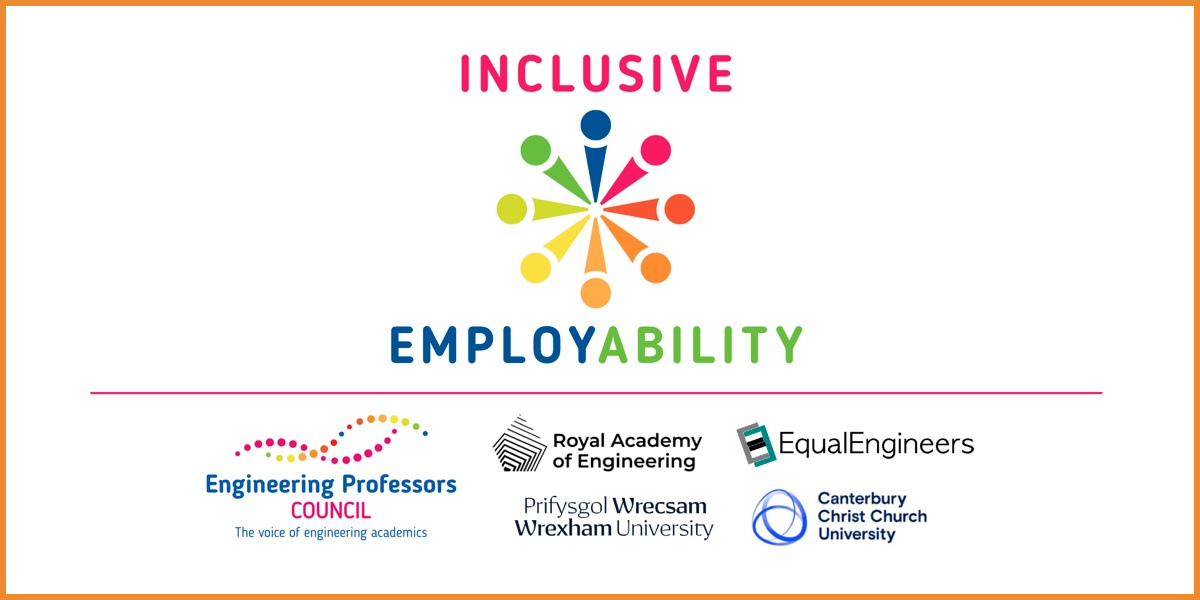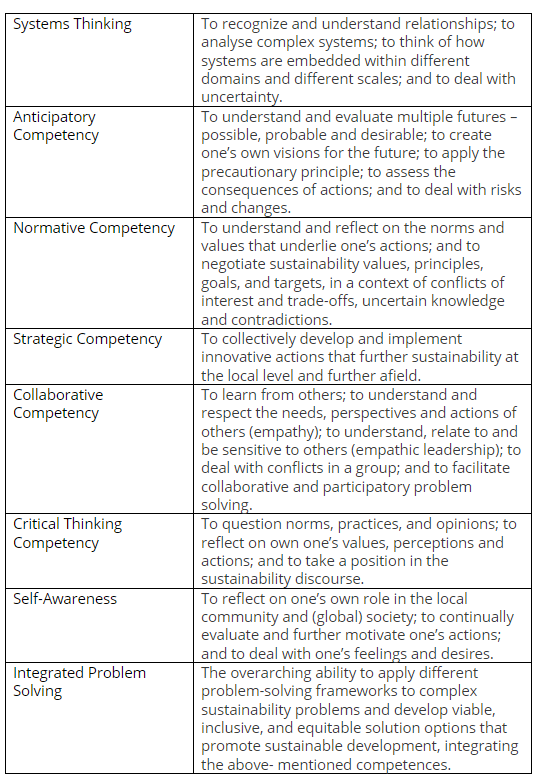
Objectives: This activity is our guide to navigating assessment centres, offering tips and strategies tailored to empower underrepresented groups and help you be prepared, authentic self, stand out and succeed.
Introduction: Assessment centres have been a key part of graduate recruitment since the 1950s, originally developed to evaluate leadership potential in military officers. Today, they are widely used by employers to assess candidates through group tasks, interviews, and individual exercises. This activity serves as a practical guide to help you navigate assessment centres with confidence. With a focus on empowering underrepresented groups, it provides tips and strategies to help you prepare effectively, present your authentic self, and stand out in a competitive selection process.
Topic: Standing out with confidence at assessment centres: a guide to preparation, authenticity, and success.
Keywords: Problem solving; Employability and skills; Communication; Leadership or management; Collaboration; Digitalisation; Professional development; Writing Skills; Equity, Diversity and Inclusion; Neurodiversity; Inclusive or Responsible design; Recruitment; Business or trade or industry; Workplace culture; Information and Digital literacy; Artificial Intelligence.
An immersive experience
Video summary: This video was produced by The Careers Chat, a platform associated with Warwick University, provides an overview of assessment centres used by graduate recruiters. It discusses various tasks designed to evaluate candidates’ skills in action, offering insights into the selection process and tips for preparation. Key insights: 🌟 Always be mindful that you’re being assessed – from the moment you arrive until you leave. Maintain a professional and approachable demeanor to leave a lasting positive impression. 🤝 View fellow candidates as collaborators, not competitors. Respect their perspectives and engage in teamwork; remember, it’s possible that everyone could be offered a role. 💼 Keep in mind that the tasks are tailored to the role you’re applying for. Be authentic, and the skills you’ve already highlighted in your application will naturally stand out. Video summary: Assessment centres are crucial for graduate recruitment, involving various tasks to evaluate candidates’ skills through collaborative activities. Key insights: 🎓 Real-time evaluation: Assessment centres provide an opportunity for recruiters to observe candidates in action; skills, interpersonal dynamics and teamwork. 📅 Duration and format flexibility: Be prepared and mentally ready for either a half-day or full-day assessment face to face or online. 📝 Diverse assessment tasks: Wide range of tasks, from essays to presentations, means candidates should practice and be adaptable to showcase different skills. 🤝 Collaboration over competition: Viewing fellow candidates as collaborators rather than competitors can foster a supportive atmosphere, better outcomes for everyone. 🌈 Authenticity matters: Presenting genuine skills and authentic experiences rather than trying to fit a mould can make candidates stand out and connect with recruiters. 🚪 Professionalism is key: From the moment you arrive until you leave, maintaining a professional demeanour leaves a lasting impression, and suitability for the role. 💡 Preparation is essential: Familiarising oneself with the specific tasks related to the job application can boost confidence and performance, and draw upon relevant skills. Video summary: Key insights: 🔍 Assessment centres are designed to simulate real work environments, helping employers see how candidates fit into team dynamics and your ability to collaborate. 🧠 Psychometric tests may be retaken during the assessment, so candidates should be prepared to demonstrate their logical reasoning and numerical skills in person. 🗣️ Group exercises focus on problem-solving as a team, the process is more important than the outcome, opportunity to show your communication and leadership skills. 🎤 Presentations, whether in groups or individually, evaluate public speaking and the ability to synthesize complex information into clear solutions. 🎭 Role-play exercises test candidates’ client-handling skills and ability to provide solutions under pressure, highlighting their problem-solving approach. 🤝 Lunch and breaks are part of assessment, are an opportunity to network, and demonstrate your informal communication skills that could influence your success 📊 You need to demonstrate understanding and applying the company’s core values and meeting their desired competencies effectively throughout the process.
Click on each accordion tab to explore videos that guide you through navigating assessment centres, offering tips and strategies designed to empower underrepresented groups and help you prepare, be your authentic self, stand out, and succeed.
An assessment centre evaluates candidates through various exercises to assess teamwork, problem-solving, and fit within the company culture.
Resources
- Access our University Career Services Library to connect with your university’s career services and take advantage of employability training opportunities, such as mock assessment centre sessions.
- Thornton et al (2019) research concluded to prevent gender and race bias at assessment centres, employers must implement rigorous development and practices to counter both conscious and unconscious biases.
- Assessment centre guide (Wrexham University) – easy to read useful hints, tips and examples.
Underrepresented groups preparing for virtual assessment centres
- AGCAS disability task group: preparing for virtual assessment centres provides essential advice on navigating virtual assessments with a focus on accessibility and inclusivity for participants with disabilities.
- AGCAS psychometric tests – a guide for disabled candidates useful guide for disabled students and employers with respect psychometric tests as recruitment tool.
- Reasonable adjustments for interviews and assessments for students who are neurodiverse it is good practice for employers to ask if you need reasonable adjustment, and you can also for reasonable adjustment.
How to PASS an assessment centre UK
The video offers tailored guidance specifically for international students.
Acing virtual assessment centres: future you webinar:
As part of their Future You webinar series, Prospects hosted a session titled Acing Virtual Assessment Centres on Tuesday, 20th April 2021. The webinar offers valuable insights, practical tips, and expert guidance to help students confidently navigate virtual assessment centres. Watch the video below to gain useful strategies and boost your preparation. Aldi, Arcadis and Police Now Recruiters advice for preparing for Virtual Assessment centres.
This work is licensed under a Creative Commons Attribution-ShareAlike 4.0 International License.
Any views, thoughts, and opinions expressed herein are solely that of the author(s) and do not necessarily reflect the views, opinions, policies, or position of the Engineering Professors’ Council or the Toolkit sponsors and supporters.
Please note: Discussions around discrimination, prejudice and bias are highly complex and part of a much wider national and international debate, including contested histories. As such, we have limited the scope of our resources to educating and supporting students.
The resources that the EPC and its partners are producing in this area will continue to expand and, if you feel there is an issue that is currently underrepresented in our content, we would be delighted to work with you to create more. Please get in touch.



